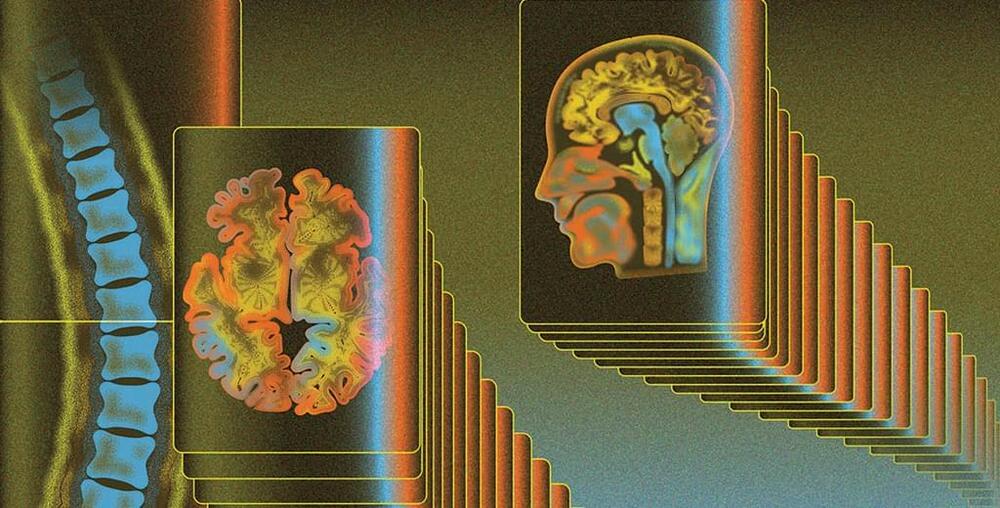Weekend posting was delayed by our trip to accept an honor from Caltech… but here it is! Almost entirely about space and science!! Stuff I promise you hadn’t heard before.
We just returned from Pasadena, where Caltech — my alma mater — installed me as Distinguished Alumnus. An honor that I sincerely never expected, given the many brilliant minds I knew when I was there. Reflecting on that is humbling — even ‘imposter syndroming’ — though people kindly urged me to think otherwise.
In today’s delayed posting, I’ll be mostly taking a pause from politics… though the topic of my previous blog — about the likelihood of blackmail poisoning top levels of the U.S. republic — remains horrifically plausible…
…especially now that prominent members of one party are openly admitting that their party is suborned in this way, by foreign powers.







